Keeping your furry friend well-groomed is essential for their health and happiness. One crucial aspect of grooming is trimming your dog’s hair.
Whether you have a long-haired breed that requires regular maintenance or a short-haired one needing occasional touch-ups, knowing how to trim their hair properly is vital.
Let’s embark on a comprehensive journey to learn the ins and outs of trimming your dog’s hair effectively.
Contents Overview
Understanding the Importance of Dog's Hair Trimming
Trimming your dog’s hair isn’t just about aesthetics; it’s about maintaining their overall well-being.
Here’s why it’s crucial:
Preventing Matting and Tangling:
- Regular hair trimming helps prevent matting and tangling, especially in long-haired breeds.
- Mats and tangles can be painful for dogs, leading to skin irritations, infections, and discomfort.
- Removing tangles and mats also prevents the accumulation of dirt, debris, and parasites in the coat, promoting better hygiene.
Regulating Body Temperature:
- Proper hair trimming helps regulate your dog’s body temperature, particularly during hot weather.
- Excess hair can trap heat close to the body, leading to overheating and discomfort.
- Trimming allows for better air circulation through the coat, helping your dog stay cool and comfortable.
Enhancing Mobility:
- Trimming hair away from sensitive areas such as the eyes, ears, and paw pads improves your dog’s mobility.
- Excess hair around these areas can obstruct vision, impair hearing, and cause discomfort while walking.
- Keeping these areas trimmed ensures your dog can move freely and comfortably without any hindrances.
Promoting Better Hygiene:
- Regular hair trimming is essential for maintaining your dog’s overall hygiene.
- Long hair around the anus and genitals can trap fecal matter and urine, leading to bacterial infections and odor.
- Trimming these areas helps prevent hygiene-related issues and keeps your dog clean and comfortable.
Tools You'll Need
Trimming your dog’s hair requires the right tools to ensure a safe and effective grooming experience.
Here’s a comprehensive list of the essential tools you’ll need:
1- Clippers
Choose clippers appropriate for your dog’s coat type and thickness.
Opt for high-quality clippers with adjustable blade lengths for versatility.
Consider cordless clippers for convenience and ease of movement during grooming sessions.
2- Scissors
Select sharp, rounded-tip scissors specifically designed for pet grooming.
Ensure the scissors are comfortable to hold and maneuver, reducing the risk of accidental cuts.
Keep a variety of sizes on hand for different trimming needs, such as facial grooming and precision cutting.
3- Comb or Brush
Use a high-quality comb or brush suitable for your dog’s coat type.
Choose a comb with wide-spaced teeth for detangling and removing mats in long-haired breeds.
Opt for a slicker brush or bristle brush for regular maintenance and smoothing out the coat.
4- Styptic Powder
Have a styptic powder on hand to quickly stop bleeding in case of accidental nicks or cuts.
Apply a small amount of styptic powder to the affected area using a cotton swab or fingertip to promote clotting and prevent further bleeding.
5- Treats
Use treats as positive reinforcement to encourage your dog’s cooperation and reward them for staying calm during the grooming process.
Choose small, bite-sized treats that your dog enjoys to make grooming a positive and enjoyable experience.
6- Towels or Grooming Table
Lay down towels or use a grooming table to create a comfortable and stable surface for grooming.
Towels provide traction and absorb excess water or grooming products, keeping your dog dry and comfortable.
A grooming table elevates your dog to a convenient height, reducing strain on your back and allowing for easier access during grooming.
7- Ear Cleaner and Cotton Balls
Use a gentle ear cleaner specifically formulated for dogs to remove dirt, wax, and debris from their ears.
Use cotton balls to apply the ear cleaner and gently wipe the outer ear canal, avoiding deep insertion to prevent injury.
8- Nail Clippers or Grinder
Choose nail clippers or a grinder suitable for your dog’s nail size and thickness.
Opt for guillotine-style clippers or rotary grinders for precision and ease of use.
Use a nail file or emery board to smooth any rough edges after trimming to prevent snagging or scratching.
9- Shampoo and Conditioner
Select a mild, hypoallergenic shampoo and conditioner specifically formulated for dogs to maintain their skin and coat health.
Avoid using human shampoos, as they may contain harsh ingredients that can irritate your dog’s skin.
Before buying go through the below few basic points:
Good Dog Shampoo:
- Hypoallergenic, pH balanced
- Natural ingredients, moisturizing
- Fragrance-free, tear-free
- Anti-bacterial, anti-fungal
- Gentle on skin, suitable for frequent use
- Easy rinse-off formula, saves time during baths
Good Dog Conditioner:
- Deep hydration, detangling
- Nourishes coat, leave-in option
- Soothing, pH balanced
- Compatible with chosen shampoo
- Adds shine and luster to the coat
- Reduces static and frizz
- Helps maintain coat color and texture
10- Grooming Gloves or Apron
Wear grooming gloves or an apron to protect your clothing from loose hair, water, and grooming products.
Grooming gloves provide added control and dexterity while grooming, allowing you to reach difficult areas more easily.
By having these essential tools on hand, you’ll be well-equipped to trim your dog’s hair effectively and safely, ensuring a positive grooming experience for both you and your furry friend.
Step-by-Step Trimming Process
Trimming your dog’s hair can seem daunting, but with the right approach and technique, you can achieve professional-looking results while keeping your furry friend comfortable and relaxed. Here’s a step-by-step guide to help you through the process:
Preparation:
- Choose a well-lit, quiet area for grooming to minimize distractions and stress for your dog.
- Gather all the necessary tools and have them within reach.
- Brush your dog’s coat thoroughly to remove any knots, tangles, or mats.
- Introduce your dog to the grooming tools gradually to help them feel more comfortable.
Decide on the Haircut Style:
- Determine the desired length and style for your dog’s haircut based on their breed, coat type, and personal preferences.
- Keep in mind any specific areas that may require special attention, such as the face, ears, paws, and tail.
Start with the Body:
- Use clippers with the appropriate blade attachment or scissors to trim the body hair to the desired length.
- Work in the direction of hair growth, starting from the neck and moving towards the tail.
- Use smooth, gentle strokes to avoid uneven patches and ensure a uniform appearance.
- Take breaks as needed to allow your dog to rest and readjust if they become anxious or uncomfortable.
Trim the Face:
- Use rounded-tip scissors to trim around the eyes, ears, and muzzle.
- Hold your dog’s head steady and trim carefully to avoid poking or startling them.
- Keep the scissors parallel to your dog’s face for precise trimming, especially around sensitive areas like the eyes and ears.
- Take your time and work slowly to achieve a neat, symmetrical look.
Trim the Ears:
- Gently lift your dog’s ears and use scissors to trim any excess hair on the outer edges.
- Be cautious not to cut too close to the ear canal to avoid injury.
- Use your fingers to feel for any stray hairs inside the ear flap and trim them carefully if necessary.
Trim the Paws:
- Lift each paw one at a time and trim the hair around the paw pads and between the toes.
- Use scissors or clippers depending on your dog’s comfort level and the amount of hair to be trimmed.
- Be careful not to cut the delicate skin or the quick (blood vessels) in the nails.
Trim the Tail:
- Carefully trim any excess hair around the tail to maintain a balanced appearance.
- Use scissors or clippers to achieve the desired length, taking care not to cut too close to the skin.
- Pay attention to the underside of the tail, where hair tends to be thicker and may require more trimming.
Final Touches and Inspection:
- Double-check your dog’s coat for any missed spots or unevenness.
- Use a comb or brush to smooth out the coat and ensure a polished finish.
- Inspect your dog’s skin for any signs of irritation, redness, or injury.
- Reward your dog with treats and praise for their patience and cooperation throughout the grooming process.
By following these step-by-step instructions and taking your time to groom your dog with care and patience, you can achieve professional-quality results and keep your furry friend looking and feeling their best.
Remember to always prioritize your dog’s comfort and well-being during the grooming process, and seek professional help if you encounter any difficulties or concerns.
Aftercare
After trimming your dog’s hair, it’s essential to provide proper aftercare to ensure their comfort and maintain the health of their coat and skin.
Here’s a comprehensive guide to aftercare following a grooming session:
Clean the Tools:
- Thoroughly clean and disinfect all grooming tools, including clippers, scissors, brushes, and combs, to prevent the spread of bacteria and parasites.
- Remove any hair or debris stuck in the blades or bristles to maintain their effectiveness for future use.
Check for Irritation or Injuries:
- Inspect your dog’s skin for any signs of irritation, redness, or cuts that may have occurred during the grooming process.
- If you notice any injuries or abnormalities, clean the affected area with a mild antiseptic solution and monitor it closely for signs of infection.
Brush and Comb the Coat:
- Brush and comb your dog’s coat to remove any loose hair, tangles, or mats that may have been missed during the grooming session.
- This helps prevent future matting and keeps the coat looking neat between grooming appointments.
Bathe if Necessary:
- If your dog’s coat is dirty or oily, consider bathing them using a gentle, dog-specific shampoo and conditioner.
- Avoid bathing too frequently, as it can strip the skin of natural oils and lead to dryness and irritation.
Moisturize the Skin:
- Apply a dog-safe moisturizing spray or conditioner to your dog’s skin and coat to keep it hydrated and healthy.
- Focus on areas prone to dryness, such as the elbows, hocks, and belly, to prevent itching and flakiness.
Monitor for Parasites:
- Keep an eye out for fleas, ticks, and other parasites that may be lurking in your dog’s coat, especially during warmer months.
- Use preventive measures such as flea and tick treatments or natural repellents to protect your dog from infestations.
Trim Nails if Necessary:
- Check your dog’s nails and trim them if they are long or overgrown, using a dog-specific nail clipper or grinder.
- Be cautious not to cut into the quick (blood vessel) inside the nail, as it can cause bleeding and discomfort.
Schedule Regular Grooming Sessions:
- Maintain a regular grooming schedule to keep your dog’s coat in optimal condition and prevent matting and tangling.
- Depending on your dog’s breed and coat type, schedule grooming appointments every 4-8 weeks to ensure they look and feel their best.
Reward and Reassure Your Dog:
- Reward your dog with treats, praise, and affection for their patience and cooperation during the grooming process.
- Make grooming a positive experience by associating it with rewards and reassurance, helping to reduce stress and anxiety in future sessions.
Bottom Line
Trimming your dog’s hair might seem daunting at first, but with patience, practice, and the right techniques, you can become proficient in keeping your canine companion looking and feeling their best.
Remember, grooming isn’t just a task; it’s a bonding experience that strengthens the relationship between you and your furry friend.
So, embrace the journey of grooming and cherish the moments shared with your beloved pet.
Key Takeaways
Importance of Trimming
Regular trimming is crucial for your dog’s health and well-being, preventing matting, regulating body temperature, enhancing mobility, promoting hygiene, and preventing skin issues.Essential Tools
Gather the necessary tools, including clippers, scissors, comb or brush, styptic powder, treats, towels or grooming table, ear cleaner and cotton balls, nail clippers or grinder, shampoo and conditioner, and grooming gloves or apron.Step-by-Step Process
Follow a systematic approach, starting with preparation and deciding on the haircut style, then proceeding to trim the body, face, ears, paws, and tail with caution and precision.Aftercare
After trimming, clean the tools, check for irritation or injuries, brush and comb the coat, bathe if necessary, moisturize the skin, monitor for parasites, trim nails if needed, and schedule regular grooming sessions.Reward and Reassure
Make grooming a positive experience by rewarding your dog with treats, praise, and affection, fostering trust and cooperation for future grooming sessions.Bonding Experience
Embrace grooming as a bonding experience, strengthening the connection between you and your furry friend while ensuring their comfort and happiness.

Introducing Angie Pistou, a certified Dog Groomer/Stylist trained at Sue Oliver Dog Grooming School. As a member of ICMG (International Certified Master Groomers), Angie is dedicated to excellence, currently working towards achieving Master Groomer Level 3.
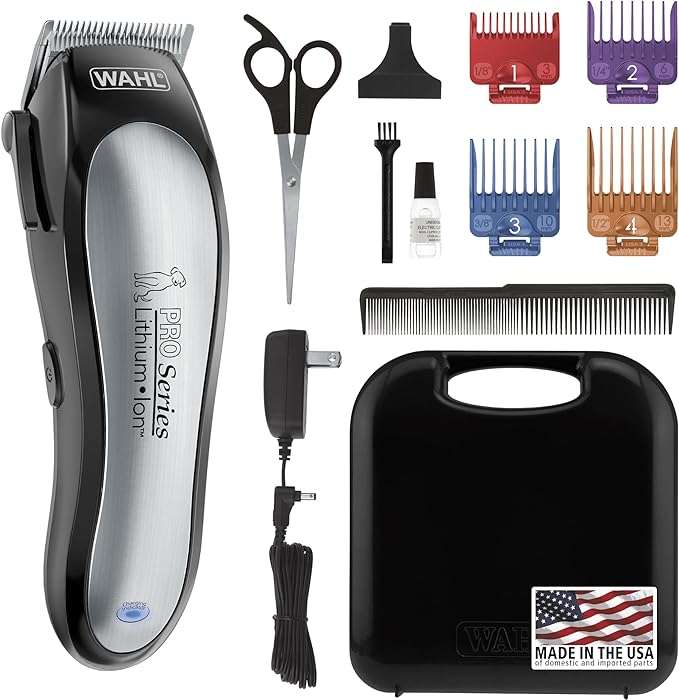
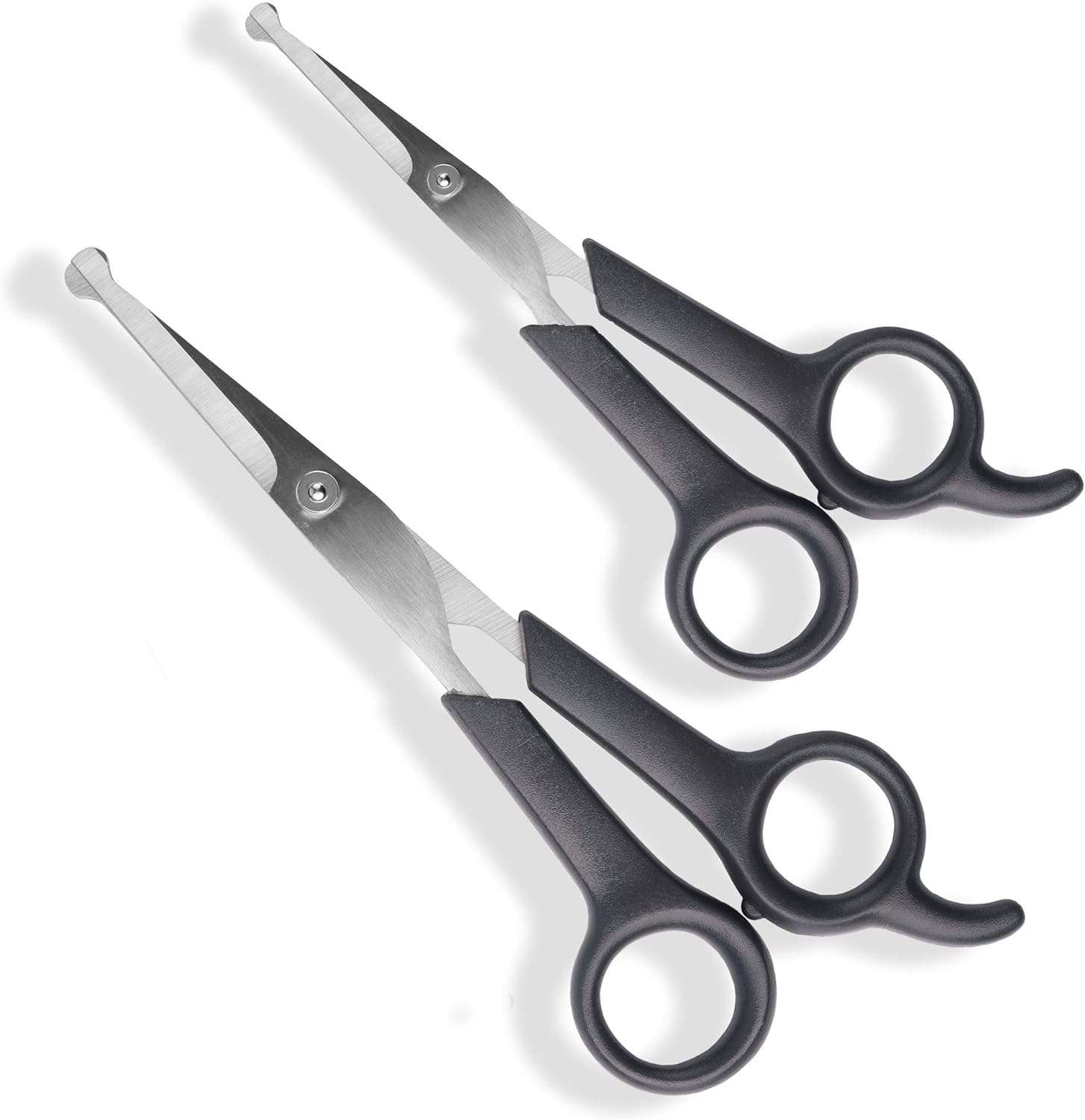
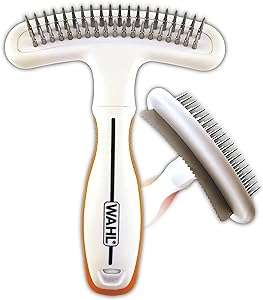
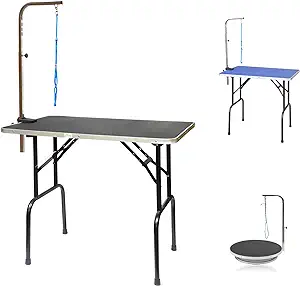
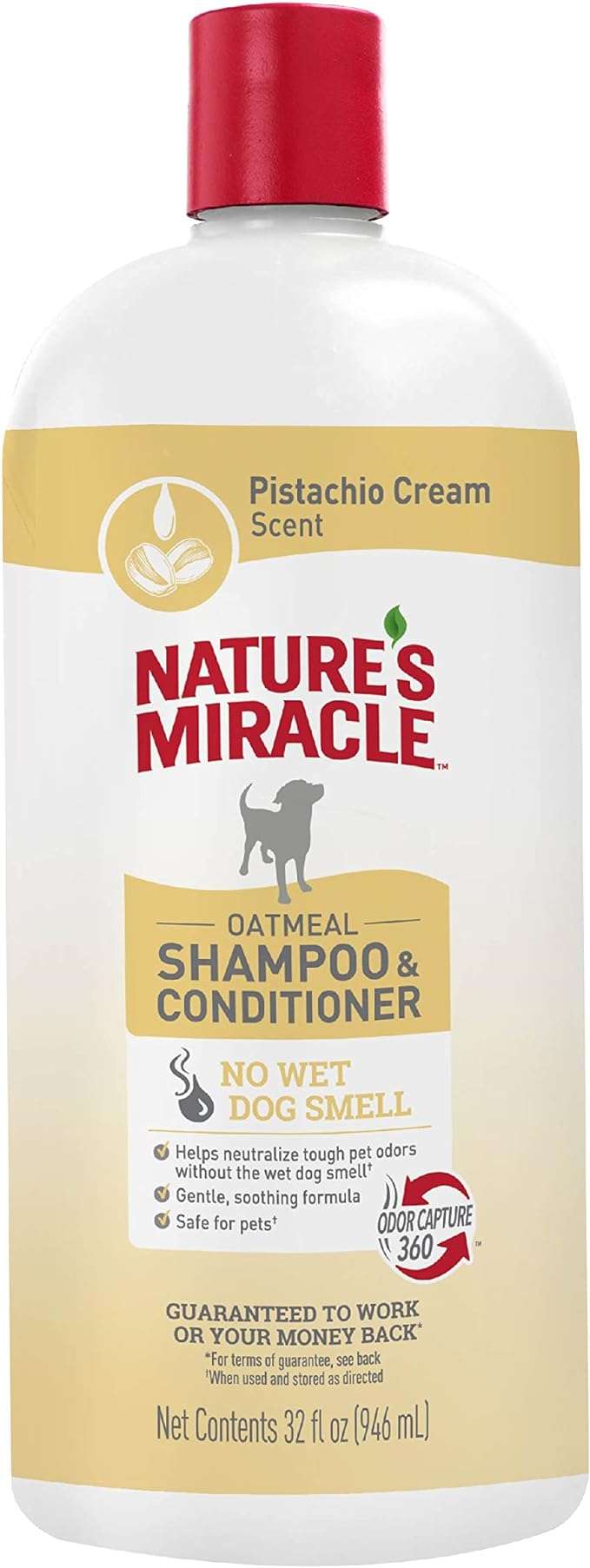
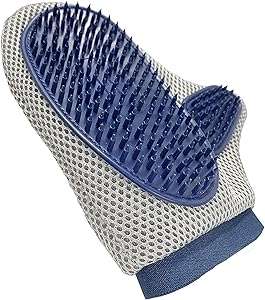
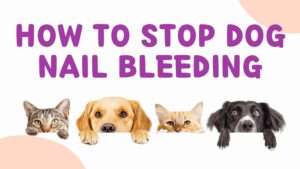
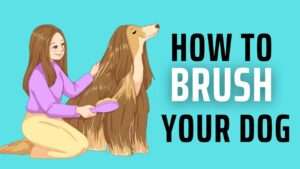

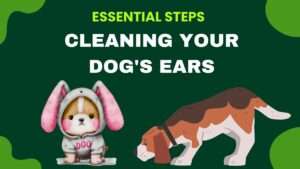
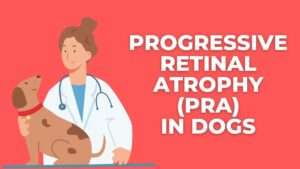
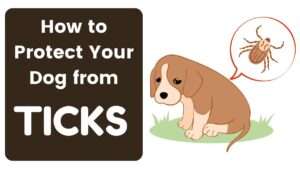

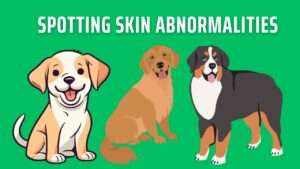
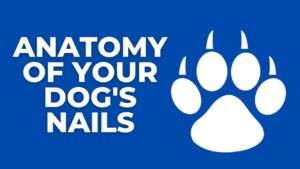

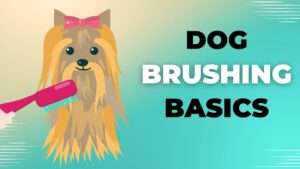
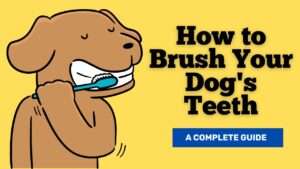
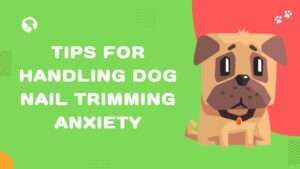
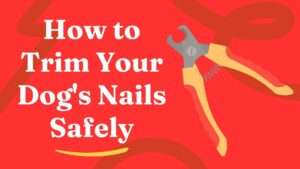
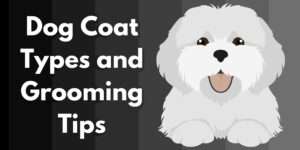
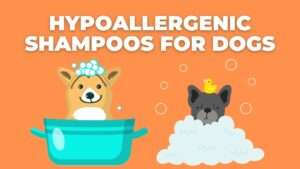

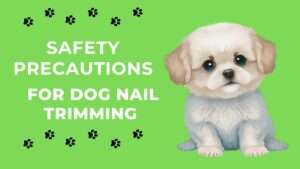
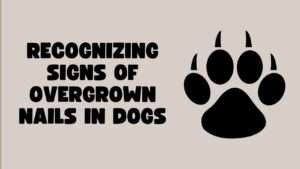
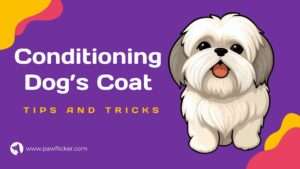
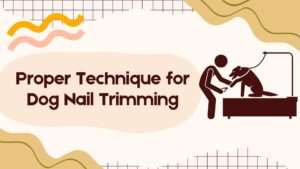
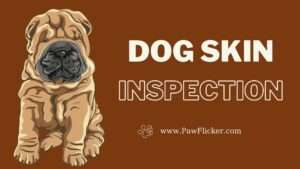
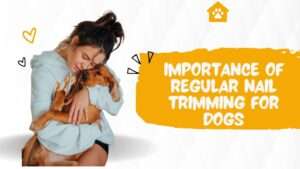







+ There are no comments
Add yours